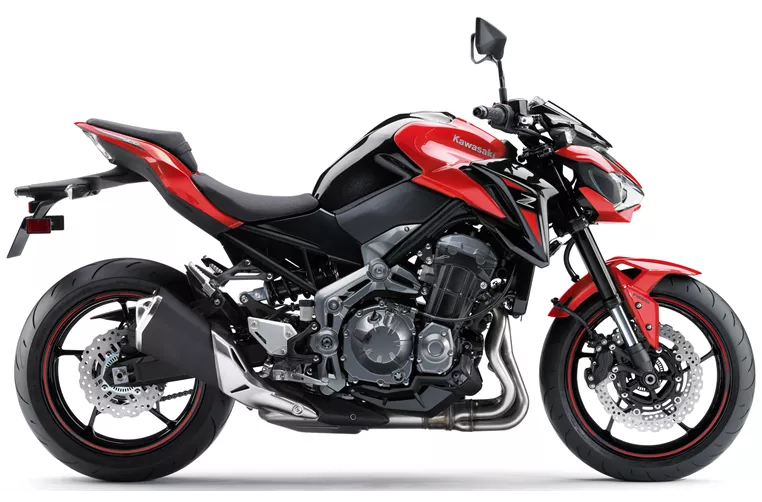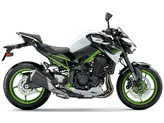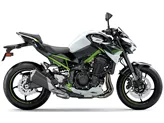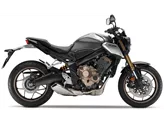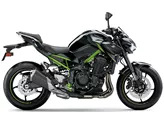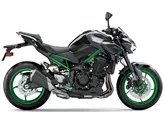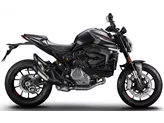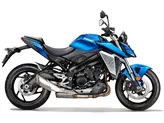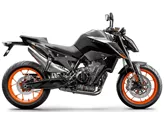Yamaha XJ6 2009 vs. Kawasaki Z900 70kW 2018

Yamaha XJ6 2009
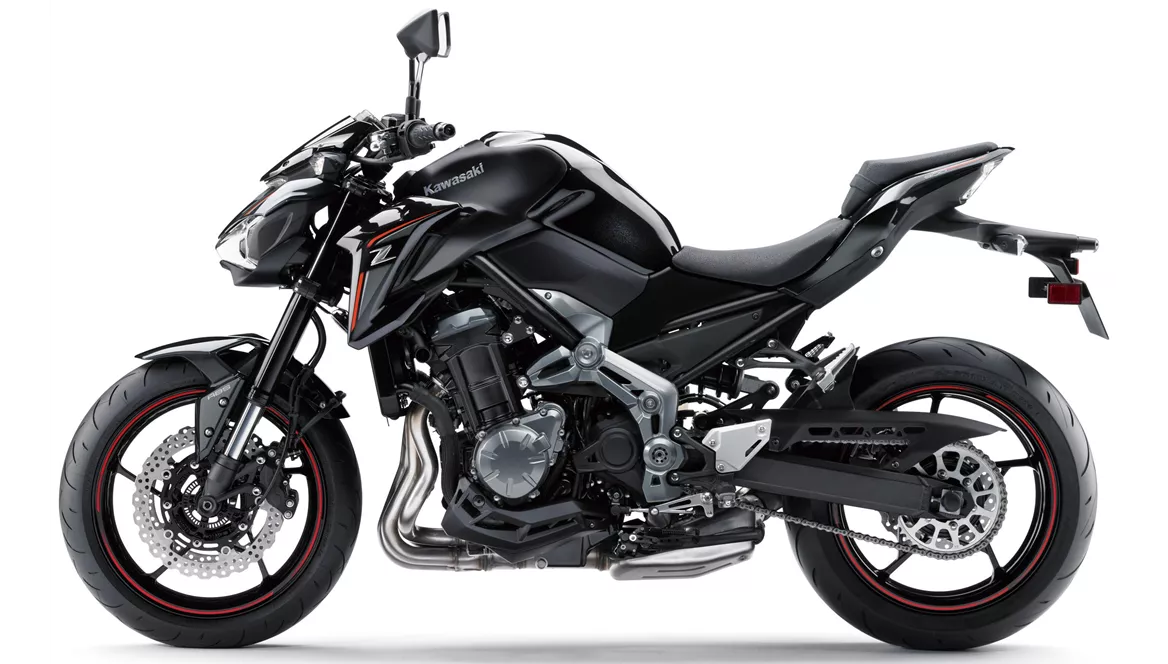
Kawasaki Z900 70kW 2018
Overview - Yamaha XJ6 2009 vs Kawasaki Z900 70kW 2018
In terms of engine power, the Yamaha XJ6 2009 has 78 HP, while the Kawasaki Z900 70kW 2018 has 95 HP. This means that the Kawasaki has a higher power output, providing a more powerful and potentially faster riding experience.
In terms of torque, the Yamaha XJ6 2009 has 59.7 Nm, while the Kawasaki Z900 70kW 2018 has 91.2 Nm. Again, the Kawasaki has a higher torque output, which can result in better acceleration and overall performance.
Both bikes have 4 cylinders and liquid cooling systems, which help maintain optimal engine temperature and performance.
In terms of displacement, the Yamaha XJ6 2009 has a 600ccm engine, while the Kawasaki Z900 70kW 2018 has a larger 948ccm engine. The larger displacement of the Kawasaki indicates that it has a bigger and potentially more powerful engine.
Both bikes have double disk front brakes, which provide reliable and effective stopping power.

Yamaha XJ6 2009
In terms of suspension, the Yamaha XJ6 2009 has a telescopic fork front suspension, while the Kawasaki Z900 70kW 2018 has an upside-down telescopic fork front suspension. The upside-down design of the Kawasaki's front suspension can provide better handling and stability.
Both bikes have a steel frame and a double cradle frame type, which provide strength and stability.
In terms of tire diameter, both bikes have 17-inch front and rear tires, which offer good traction and stability.
The Yamaha XJ6 2009 has a wheelbase of 1440mm, while the Kawasaki Z900 70kW 2018 has a slightly longer wheelbase of 1450mm. The longer wheelbase of the Kawasaki can contribute to better stability at higher speeds.
In terms of seat height, the Yamaha XJ6 2009 has a seat height of 785mm, while the Kawasaki Z900 70kW 2018 has a slightly higher seat height of 795mm. This means that the Kawasaki may be slightly less accessible for shorter riders.
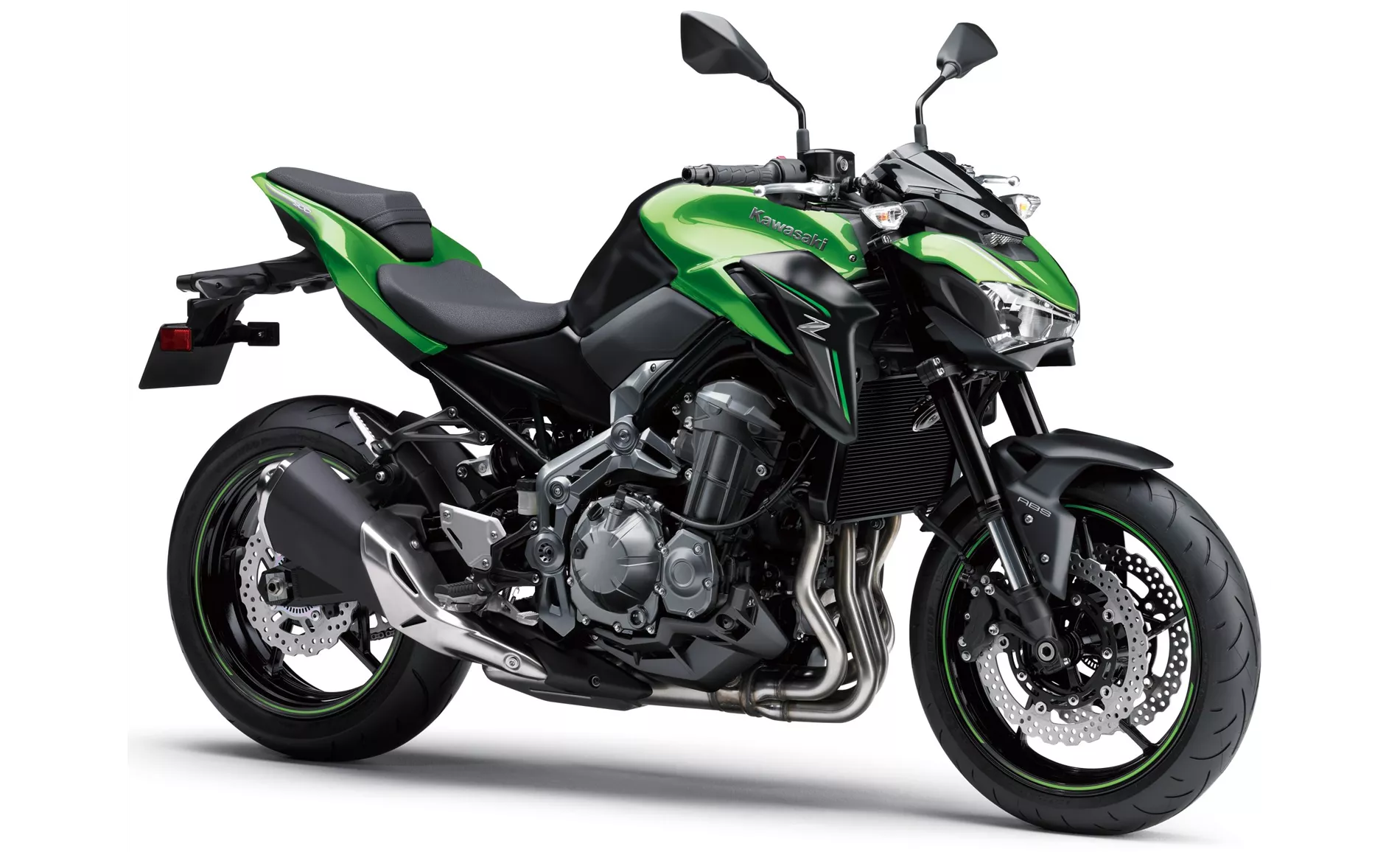
Kawasaki Z900 70kW 2018
In terms of strengths, the Yamaha XJ6 2009 is praised for its rider-friendly performance characteristics, optimal clutch, playful and lighter handling, seat comfort, individual look, and high-quality construction. It is also described as young and aggressive.
On the other hand, the Kawasaki Z900 70kW 2018 is praised for its smooth engine with punch at approximately 6000 rpm, finely controllable brakes, smooth running engine ideal for city traffic, stable performance at motorway speeds, and good handling. It is also noted for its typical 4-cylinder shriek, although it is described as being restrained at low revs.
In terms of weaknesses, the Yamaha XJ6 2009 is criticized for its design components not being too demanding and its torque development.
On the other hand, the Kawasaki Z900 70kW 2018 is noted to be quite small for tall people, have a rather high weight of 210kg, and have relatively poor acceleration with 48hp due to its weight.
Overall, the Kawasaki Z900 70kW 2018 offers a more powerful and potentially faster riding experience with its higher engine power, torque, and larger displacement. However, the Yamaha XJ6 2009 has its own strengths in terms of rider-friendly performance characteristics, handling, and seat comfort. It ultimately comes down to personal preference and priorities when choosing between these two bikes.
Technical Specifications Yamaha XJ6 2009 compared to Kawasaki Z900 70kW 2018
Pros and Cons in comparison
Pros and Cons in comparison
Yamaha XJ6 2009
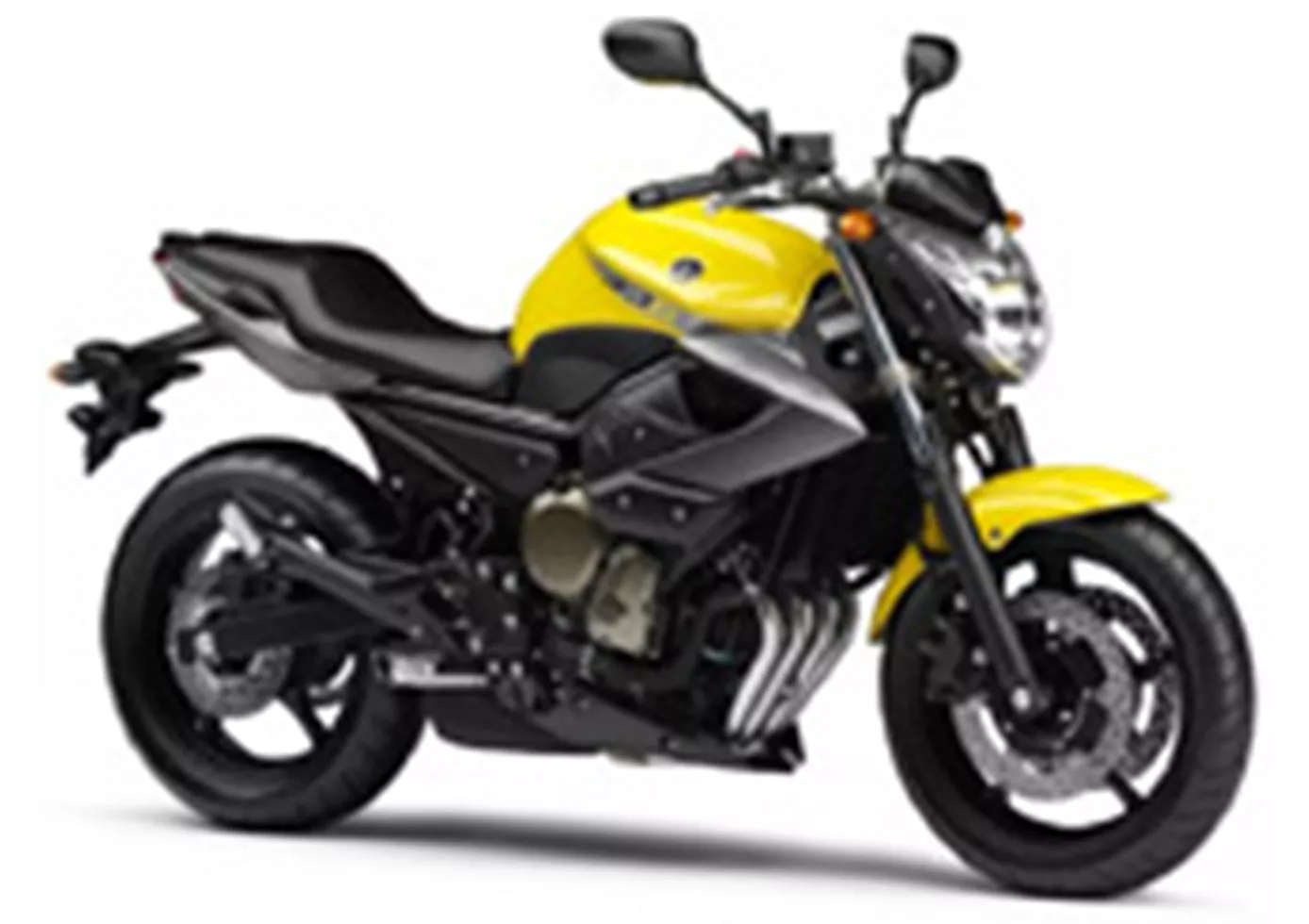
Despite the common basis, the XJ appears much younger and more aggressive. A mid-cass motorbike that by no means makes you feel mid-range. Except for the swingarm, the motorbike appears quite high-quality and cool. The bike is a little easier to handle than the Diversion.
Kawasaki Z900 70kW 2018

The Z900 is a top entry-level motorbike. Very smooth engine, great brakes and lots of adjustment options on the chassis and levers. The acceleration may be too good for speed junkies, but it's just right for learning. The lack of electronic gimmicks, riding modes and traction control doesn't bother either, but makes the Z900 a good bike to learn the basics of two-wheeled locomotion. A high-quality purist, a real motorbike, even with only 48 hp!
Price Comparison Avarage Market Price Yamaha XJ6 vs Kawasaki Z900 70kW
There are a few key differences between a Yamaha XJ6 2009 and a Kawasaki Z900 70kW 2018. In terms of price, the actual average price of a Kawasaki Z900 70kW 2018 is about 107% higher. A Yamaha XJ6 2009 experiences a loss of 200 USD in one year of ownership. This is offset by a loss of 230 USD for a Kawasaki Z900 70kW 2018. Compared to Kawasaki Z900 70kW 2018 there are more Yamaha XJ6 2009 bikes available on the 1000PS.de Marketplace, specifically 6 compared to 5. It takes less time to sell a Yamaha XJ6 with 31 days compared to 194 days for a Kawasaki Z900 70kW. Since model year 2009 1000PS.de editors have written 4 reviews for the Yamaha XJ6 and 10 reviews for the Kawasaki Z900 70kW since model year 2018. The first review for the Yamaha XJ6 was published on 11/13/2008 and now has more than 21,900 views. This compares to more than 104,300 views for the first review on Kawasaki Z900 70kW published on 11/23/2018.

